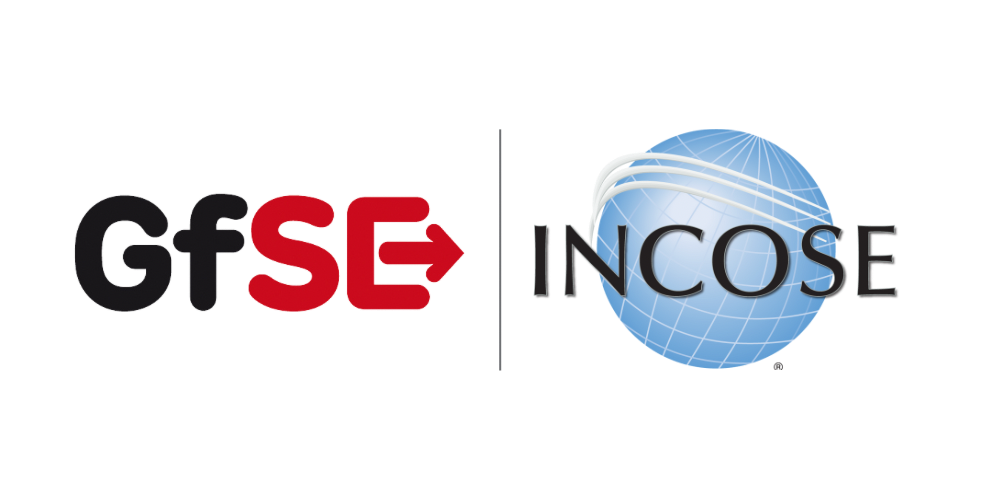P1_PCXE Physical Context Exchange Viewpoint
| Domain | Aspect | Maturity |
|---|---|---|
| Physical | Context & Exchange |
Purpose
The Physical Context Exchange Viewpoint focuses on the identification of the physical interfaces with external entities and relevant documentation. It is used to capture interface design requirements, applicable standards, protocols and format specifications, that are agreed upon the interfaces.
Applicability
The Physical Context Exchange Viewpoint supports the “create system design” activity part of the “Design Definition Process” activities of the INCOSE SYSTEMS ENGINEERING HANDBOOK 2023 [§2.3.5.5] and contributes to the artifacts “System Design Description” and “System Interface Definition”.
Furthermore, the viewpoint supports the “Interface Management” approach of the INCOSE SYSTEMS ENGINEERING HANDBOOK 2023 [§3.2.4].
Supported Processes
Supported Information Items
Presentation
A) For each given context, an internal block diagram (IBD is used to identify the physical interfaces, the item flows, that are exchanged on that interfaces, and related documentation. Note: To understand the interfaces, a mapping of protocol layers may be depicted.
B) A tabular format providing a list of all the defined external interfaces and the applicable documentation
- context element kind (environment, external entity, physical user, etc.)
- context element role name
- port name and reference to port type
- reference to context element type
C) A tabular format listing the applicable standards, protocols and formats for the item flows exchanged via the identified interfaces.
Stakeholder
- Acquirer
- Customer
- Hardware Developer
- IV&V Engineer
- Mechanic Developer
- Safety Expert
- Security Expert
- Software Developer
- Supplier
- System Architect
Concern
- Which are the external physical entities the system interacts with in the given context?
- Which are the protocols for exchanging physical items on a specific interface?
- Which kind of physical items (energy, material, information, etc.) are exchanged between the system and external entities?
- Which kind of physical items (energy, material, information, etc.) are used on an interface of a physical architecture element?
- Which requirements apply to a physical interface?
- Which standards, protocols, and format specifications apply to a physical interface?
Exposed Concepts
The Diagram shows the concepts exposed by the viewpoint, and related concepts if necessary.
The Table shows the concepts exposed by the viewpoint, and related concepts if necessary.
| Concept | Documentation |
|---|---|
| Physical User | The Physical User is the representation for a human in the physical domain, outside the SOI scope, interacting with the SOI. |
| Physical SOI | Represents the Physical SOI on Physical Level. |
| Physical External System | The Physical External System in the Physical Domain, outside the SOI scope, interacting with the SOI. E.g. power grid, mobile network, fresh water system (in a house). |
| Physical Interaction Point | Specifies the existence of an interaction point on Physical Level. |
| PIPapplyingToAPE | Specifies the fact that a Physical Interaction Point applies to an Abstract Physical Element. |
| Physical Environment | The Physical Environment in the Physical Domain, outside the SOI scope, interacting with the SOI. E.g. air, dirt, sun, road. |
| Physical Connection | Specifies the connection of two physical interaction points. Note: Connections between physical components indicate that item flows are passed from one output of a source component to one or more inputs of target components. |
| PIPapplyingToPCE | Specifies the fact that a Physical Interaction Point applies to a Physical Context Element. |
| PCPOverPCP | Specifies the fact that a physical interaction point communicates / transfers / flows / over an other physical interaction point. Used to define layered physical interfaces, and show layer relationships between interfaces. |
| Physical Item Exchange | Specifies the exchange that is to take place on a Physical Connection. |
| PEKtypingPIE | Specifies the fact that a Physical Exchange Kind defines the type of a Physical Item Exchange. |
| PIPDdefiningDetailOfPIP | Specifies the fact that a Physical Interaction Point Definition defines the exchange capabilities of a Physical Interaction Point. |
| PCNallowingPIE | Specifies the fact that a Physical Item Exchange is allowed on the Physical Connection. |
Realization of exposed Concepts
The Diagram shows the realization of exposed concepts.
The Table shows the realization of exposed concepts.
